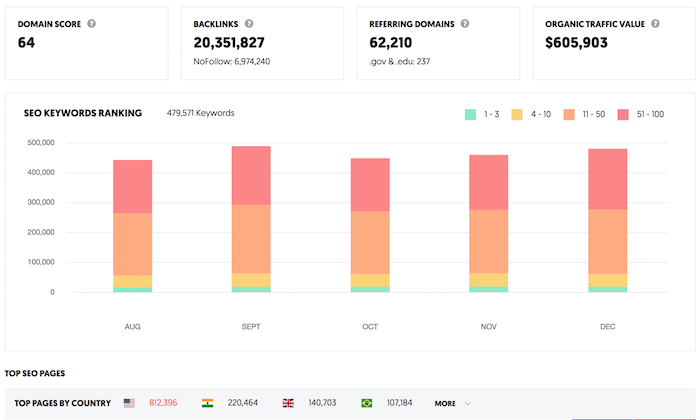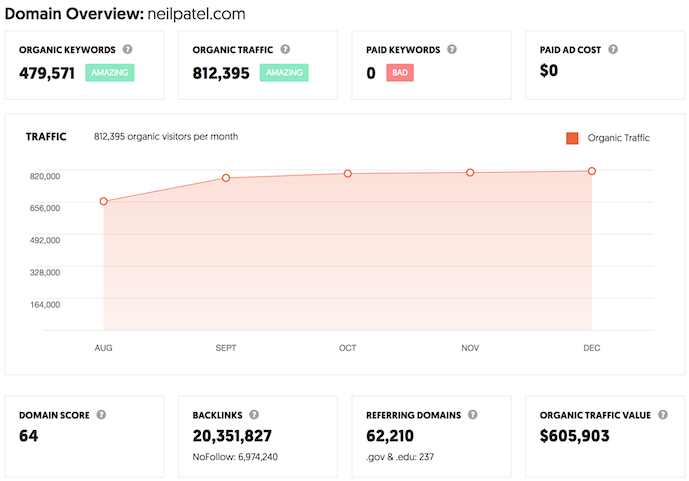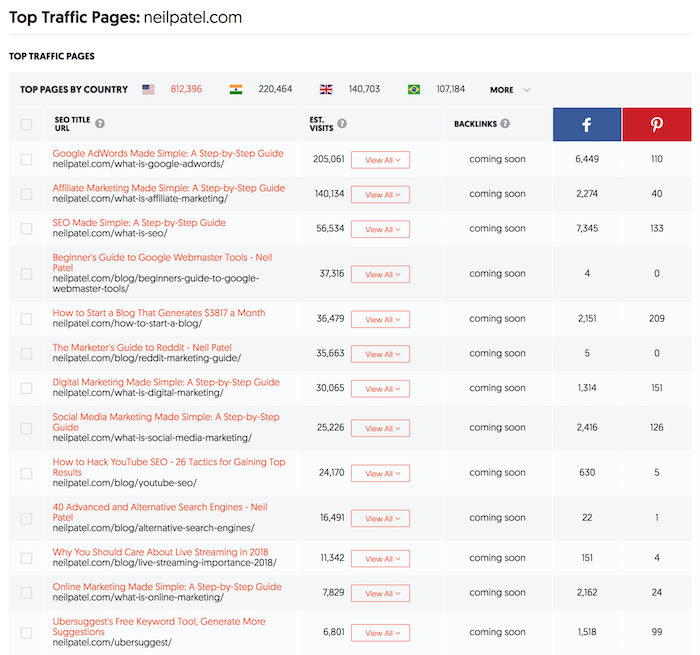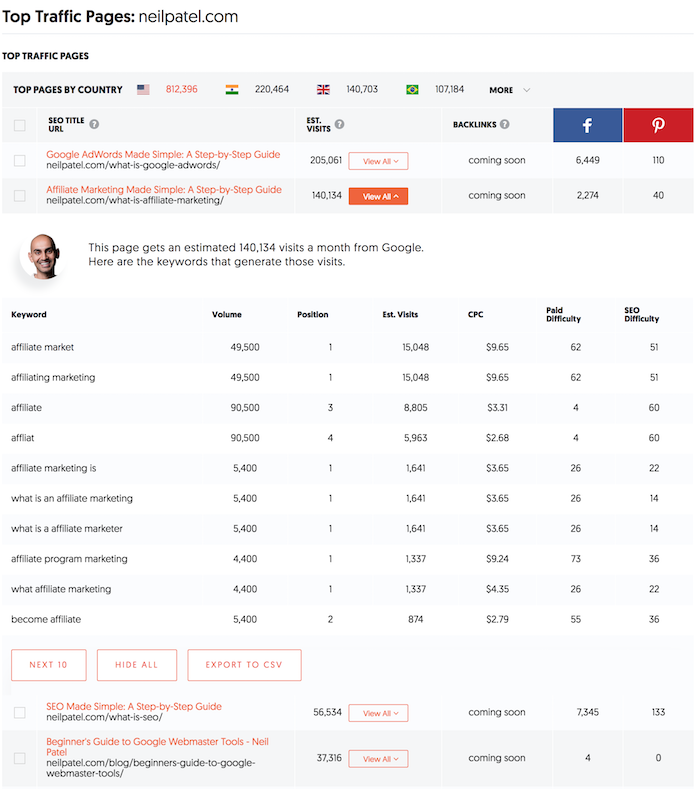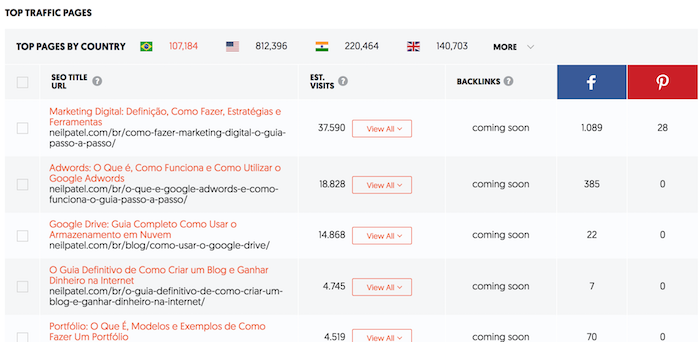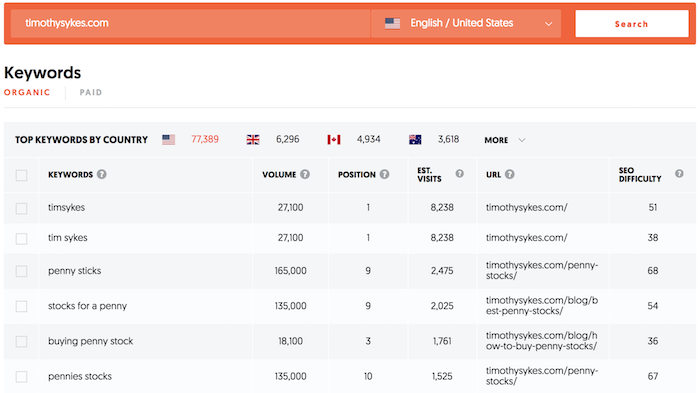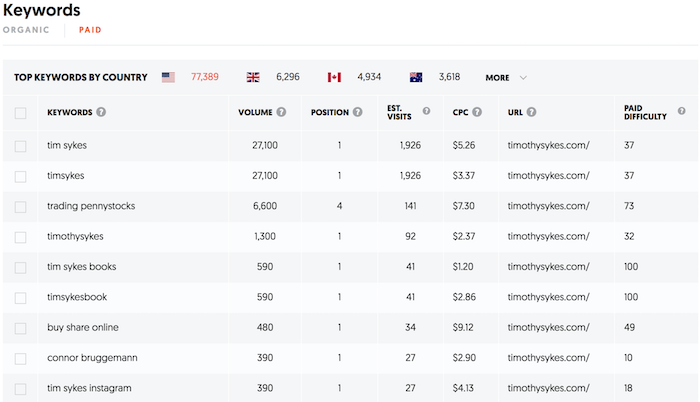You’re at a cocktail party. Someone approaches you and says:
“Hey, I hear you’re a _____ and you’ve do _____ for a living. I have this problem I need help with. It’s right up your alley. Here’s my question:___________________?”
What do you do?
Whip out your Freshbooks Mobile App and crush out an invoice for the soon to be rendered services?
Of course you don’t.
This is what happens:
A spark lights in your gut.
“Someone just showed interest in my passion project!”
Your posture shifts. Spine tingles. Pupils contract.
This is your element. This is your moment.
THIS IS WHAT YOU’VE BEEN WAITING FOR!
You confidently launch into conversation…
…and vomit free advice all over your new friend.
Contrary to the setup, this post is not going to discuss the how and why of giving free advice. Nor will it be about the Freshbooks app’s ability to seamlessly invoice cocktail party customers.
Instead, this article is all about money mindset. We’ll discuss:
- The money baggage we’ve been carrying since childhood
- How this baggage influences the pricing of our services
- Why it’s so darn hard to sell ourselves for what we’re worth
- But why it’s so darn easy to give free advice confidently
- And why everything changes when there’s a dollar sign attached
But we won’t leave you there.
Once story-time is over we’ll put the pain to bed and leave you with some action steps. Steps you can start taking today that may show results as soon as tomorrow.
Let’s get into it.
I Always Wanted to Be Rich When I Grew Up:

When I was a wee lad, I wanted to be a rich…older lad. I would flip flop between “doctor” and “lawyer” when asked what I wanted to be when I grew up. I was envious of the kids with the new clothes, the new gaming system, the new bike.
Far from unique, I know. Pretty harmless right?
WRONG!
After my teenage years, these “harmless” ideologies began to crystallize into belief structures about people that I would begin to subconsciously act on everyday. These actions would have ripple effects outwardly broadcasting my beliefs to the world. And also like a ripple, the wave would reflect back upon me reinforcing these beliefs over time.
Here are some examples of the harmless childhood beliefs next to their harshly-crystallized adult evolutions:
- Rich people are lucky → Rich people are cheaters and prey on the poor
- Money buys cool things → Money might just be able to buy happiness
- Having money makes you cool → Money is how I should measure my entire self worth
…There are more…and they get nastier…but I think you get the idea.
The point of all this is that I never decided any of this! All of it was subconscious. I never knew I should be discerning about the money philosophies I was exposed to. No one told me that if I wasn’t careful I might accidentally adopt radical beliefs. They conveniently forgot to mention that these beliefs might block my way so much that I would be prevented from pursuing my most important dreams.
This money baggage might just be too heavy.
It might keep my business from ever lifting off.
Money Nature VS Money Nurture
Even the best childhood can leave one with invisible scars. This was certainly the case for me. I had a great childhood. I had friends, I was loved, I was praised. So why the hell did I have this nagging sense of falsity, this impostor syndrome when it came to pricing my product and/or services? Why didn’t I feel worthy of reasonable rates let alone premium rates?

We only have to look back at the first section for the answer. There were layers and layers of money scripts that were running my life. Beliefs had formed that were now influencing not just my perspective on money, but my self esteem, my ambition, my relationships, etc.
The irony is clear when we remove money from the equation. Remember our friend from the intro’s cocktail party allegory? What FIRE, what CONFIDENCE, what PASSION! The next scene in this imaginary scenario would have seen our friend nailing the free-advice conversation. They delivered expert insight, and the value of this insight was indisputable.
But wait, what’s this about “value”?
I thought only money could measure value?
How could this insight have been valuable if it was free?
If this is something you wrestle with, I would wager that you are also super charismatic at cocktail parties, but dismal at sales.
Here’s the thing: value can exist with or without price.
Expertise doesn’t change with the coming and going of a price tag, so why would the value change?
So, why doubt value when money IS part of the equation?
Again, the money baggage…
The 3 Super Steps We Promised
Some of these revelations will feel really obvious in hindsight. Often you may feel like a dumb dumb:
“Seriously?! I’ve been blind to that super-obvious, super-false belief?! Lordy…”
1.) Expose the Lies You Tell Yourself:
Unearthing this stuff doesn’t require any specialized mining equipment or badass bulldozers. Most of it is just chillin’ at your feet under a thick layer of dust.
Unearthing isn’t the hard part. It’s the looking at the unearthed stuff that’s hard. It’s the continual awareness of this stuff that’s hard.
There are still some valuable suggestions we can make for the unearthing. Here is a quick exercise offered by the folks who brought you The Financial Wisdom of Ebenezer Scrooge:
Write the first thing that comes to mind about the relationship of money when it comes to the following concepts. Be fast, don’t think, just write. You may surprise yourself!
- Happiness
- Politics
- Greed
- Debt
- Generosity
- Health
- Family
- Charity
- Religion
- Responsibility
- Environment
- Technology
- Education
- Love
- Hatred
- War
- Violence
- Equality
- Sex
- Power
- Honesty
- Corruption
- Deceit
- Beauty
- Business
- Independence
- Entrepreneurship
- Value
As mentioned, doing some writing on this is a great start, but there’s plenty more work to go.
2.) Challenge These Lies:
Regularly challenging the beliefs you deem false and want to change is the next step. Here are some ways you can start pushing back on the bull-crap.
Run Rejection Experiments:
A crazy guy by the name of Jia Jang once tortured himself for the betterment of us all by embarking upon what he called “100 Days of Rejection Therapy”. There are few better ways to get over sales fear than by plunging into a statistically hopeless situation with a ridiculous ask.
Walk into Walmart and ask to rebuild their website. Knock on your neighbor’s door and ask to borrow their sports car for the weekend. Suggest a “dog-trade” at the dog park…bonus points if you don’t have a dog with you during the ask 
Increasing rates for your services after a good chunk of rejection experiments like this will feel like a vacation, trust me.
Interview Someone Who’s Richer Than You:
Ideally this’ll be a trustworthy friend or a family member, but it doesn’t have to be. Money rarely gets discussed openly, especially between folks with widely disparate incomes. The goal here is to illuminate the wealth-stealth and get to some useful truth!
Once you’ve identified some of those weird beliefs you never knew you had, it’s time to ask someone else about theirs. This is not you playing the therapist, attempting to get them to uncover their baggage. It’s an opportunity for you to learn about another person and what they went through early in life. How did their journey shape them?
***WARNING***
Other unrelated nuggets of awesomeness may result from this process such as:
a.) A generally bettered relationship
b.) Unrelated yet powerfully insightful life advice
c.) A good cry
Increase Your Rates & Burn The Boats:
This last belief-challenging recommendation should not be taken lightly. Nor is it a requirement to be taken immediately and regardless of your specific situation. If you and your business simply aren’t here yet, search your soul, be honest with yourself, and wait.
I’m really giving this recommendation to Young Fishbein. Young Fishbein at one time had a 60 hour weekly client workload that delivered a whopping $590/week in income. Yay entrepreneurship!
Freedom never tasted so…imprisoned.
My beliefs had me paralyzed and powerless to do anything about it.
If you happen to also be in a position where you’re working super hard, not making ends meet, and have a good chunk of evidence that the thing you’re selling is solving real problems…
IT’S TIME TO JACK UP YOUR RATES! Bring as many clients with you as possible, but fire the rest.
Write a clear and sincere email about why you’re increasing rates and why your time together has been great. Express that you hope they’ll come along for the ride, but you understand if they simply can’t.
Even if you’re not ready to take this drastic step this is still a great exercise. Write the message but don’t send it yet. Print it out and super-glue it to your bathroom mirror. When the pain gets great enough, and your business is ready, the trigger will be really easy to pull.
3.) Take Out The Trash Once And For All:

There’s a million ways to skin the cat of money-baggage-removal. Revealing subconscious motives and reprogramming deeply rooted systems of any kind are all similar journeys. Like most personal development journeys, they tend to start by dragging all the garbage to the surface…because when the garbage is on the surface, it must be dealt with.
SO! I send you off on your journey, dear fellow garbage person!
With work on your root issues, symptoms disappear. Money myths will fade when the spotlight of truth is shone. And when the myths fade, your confidence can blossom.
Your confidence is persuasive, it is the price, it IS the sale!
If your thing solves a real problem, and the value is there…
…your goal might just autopilot itself the rest of the way.
It’s truly magical what happens when you get out of your own way.
———————
Featured Image by Erwan Hesry on Unsplash
from Page Array – Fizzle http://bit.ly/2Ux4Eq0
via IFTTT
 Subscribe
Subscribe

